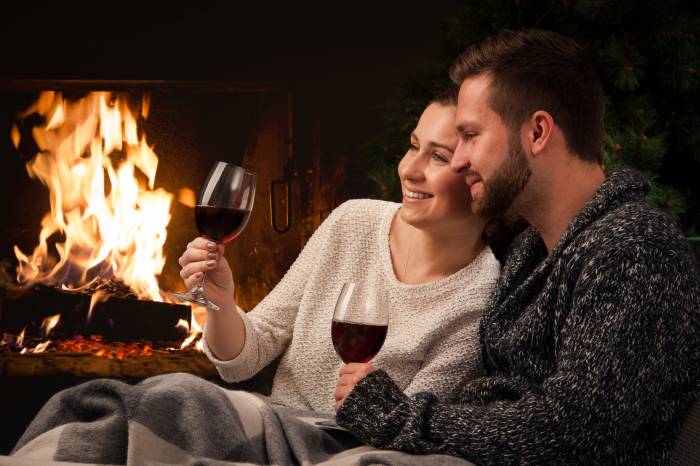Fireplace Wines Gain Popularity as Retailers Tap Into Autumn Comfort Trends
Seasonal marketing strategies highlight robust reds, whites and sparkling wines to meet shifting consumer preferences during colder months
2025-10-01

As autumn arrives across the United States, wine retailers and producers are seeing a familiar trend: the rise in popularity of so-called “fireplace wines.” While there is no official definition for this term, it has become a powerful marketing tool in the wine industry, evoking feelings of comfort and warmth as temperatures drop and people spend more time indoors.
The concept of fireplace wines is rooted in emotion rather than strict wine categories. The term conjures images of cozy evenings at home, perhaps wrapped in a blanket or gathered with friends and family, with a glass of wine in hand. This emotional appeal is similar to the Scandinavian idea of “hygge,” which emphasizes comfort and contentment during the colder months. Retailers have found that this imagery resonates across age groups and social backgrounds, making it an effective way to reach a broad customer base.
Traditionally, fireplace wines are associated with full-bodied red wines that offer richness and depth. These include Primitivo from Italy’s Apulia region, Zinfandel from California, Bordeaux blends from France and beyond, Châteauneuf-du-Pape from the Rhône Valley, Amarone della Valpolicella from Veneto, and Shiraz from Australia or South Africa. Malbec from Argentina and Cabernet Sauvignon from various regions also fit this profile. These wines typically have higher alcohol content and pronounced tannins, characteristics that many consumers find appealing as the weather turns colder.
Despite a general decline in demand for high-alcohol red wines throughout the year, sales of these styles tend to spike when autumn arrives. Retailers often begin their fireplace wine campaigns as soon as the first cool days set in, capitalizing on customers’ desire for heartier flavors and comforting experiences.
In recent years, there has been a noticeable shift among some consumers toward white wines, even during the colder months. To meet this demand, retailers are expanding their fireplace wine selections to include robust whites. Wines aged in oak barrels or on fine lees—such as Chardonnay from Burgundy or California, white Rhône blends featuring Marsanne, Roussanne or Viognier grapes, Gewürztraminer from Alsace, and powerful Rieslings from Germany’s Rheingau region—are being promoted as suitable alternatives for those who prefer white over red.
Sparkling wines are also finding a place in autumn promotions. While Prosecco, Cava and Crémant are often associated with summer celebrations, vintage Champagne or mature sparkling wines with extended yeast aging can offer complexity and richness that appeal during the colder months. Some retailers are using these options to differentiate themselves from competitors by including them in seasonal campaigns.
For businesses that also sell spirits, autumn presents an opportunity to cross-promote products like whisky and cognac alongside fortified wines such as port, Madeira and sherry. Pairing these beverages with chocolates or cigars can create an appealing context for customers who may be less familiar with these styles.
Timing is crucial for successful fireplace wine campaigns. Many retailers begin preparing their promotions in late summer so they can launch as soon as cooler weather arrives. Ready-made wine packages with discounts—often 20 percent or more—are common strategies both in-store and online. In physical stores, displays decorated with autumn leaves or images of open fires help set the mood.
Educational events such as tastings or seminars focused on fireplace wines are another way to engage customers. Social media campaigns can further boost visibility; some retailers encourage followers to share their favorite fireplace wine moments using branded hashtags, sometimes offering prizes or shopping vouchers to increase participation.
The effectiveness of fireplace wine marketing lies in its ability to tap into seasonal emotions and habits. As Americans settle into fall routines and prepare for winter holidays, the demand for comforting food and drink rises. Wine businesses that successfully connect their products to these feelings are likely to see increased sales through the colder months.
Founded in 2007, Vinetur® is a registered trademark of VGSC S.L. with a long history in the wine industry.
VGSC, S.L. with VAT number B70255591 is a spanish company legally registered in the Commercial Register of the city of Santiago de Compostela, with registration number: Bulletin 181, Reference 356049 in Volume 13, Page 107, Section 6, Sheet 45028, Entry 2.
Email: [email protected]
Headquarters and offices located in Vilagarcia de Arousa, Spain.